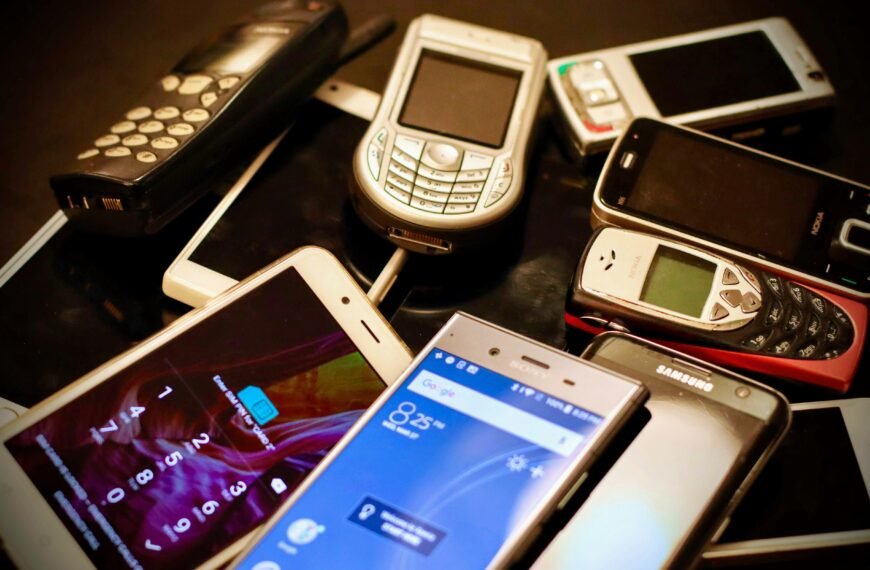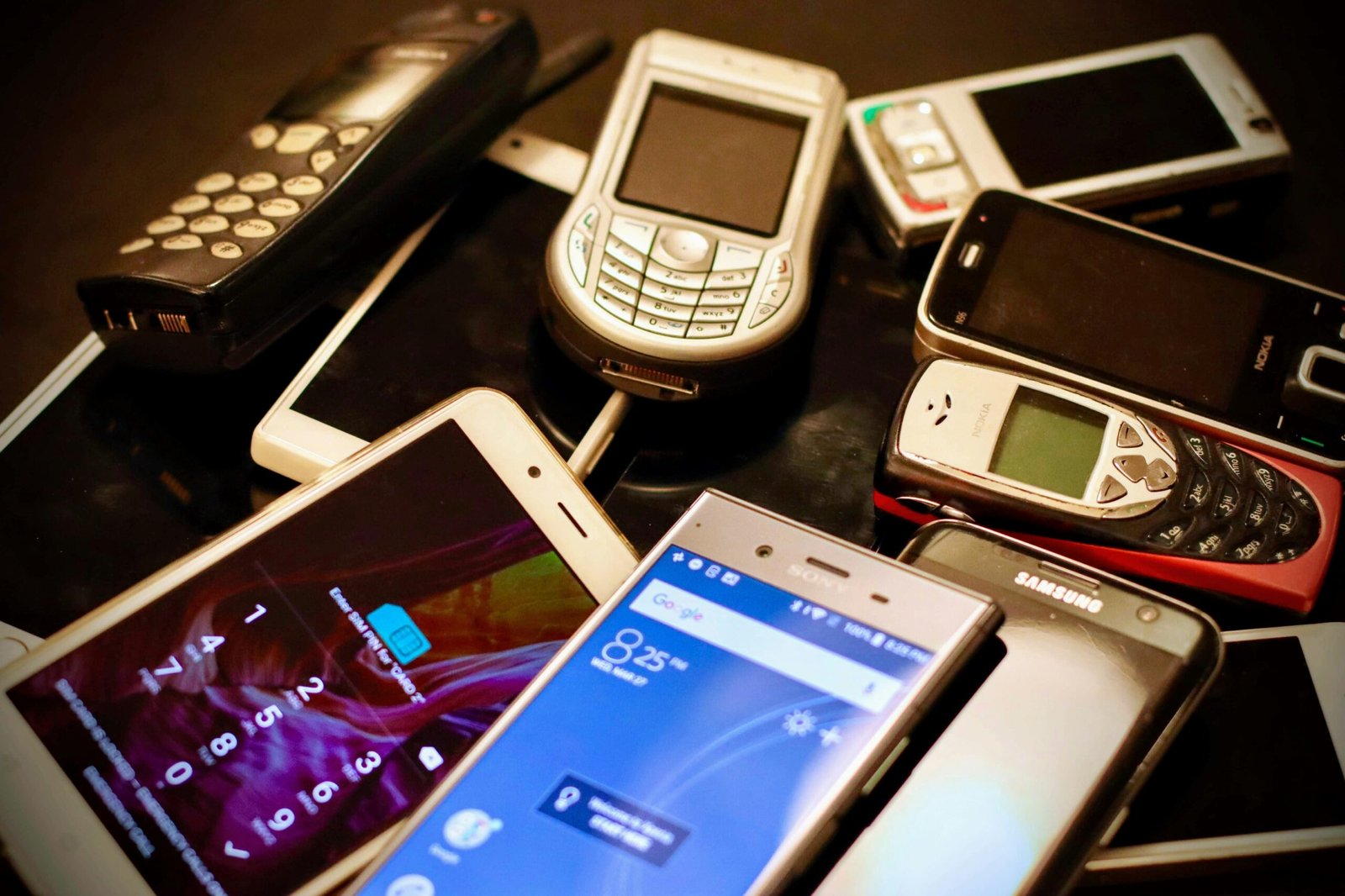Can You Use Multiple eSIMs in iPhone 14?
Have you ever wondered how many eSIMs you can use in an iPhone 14? The answer is that you can store multiple eSIM profiles on your iPhone 14, but the number you can actively use depends on the device and carrier restrictions. Let’s dive into the details.

Understanding eSIMs and Dual SIM Capability
eSIM, or embedded SIM, is a digital SIM card that is built into your device, allowing you to activate cellular plans without a physical SIM card. The iPhone 14 has dual SIM capability, meaning you can use two different phone numbers or data plans on a single device. This functionality is especially useful for those who travel frequently or want to separate work and personal calls.
Using eSIMs with Different Carriers
When it comes to using eSIMs with different carriers, it’s essential to know that not all carriers support the eSIM feature. Some carriers may offer eSIM functionality for postpaid plans only, while others may support both postpaid and prepaid plans. Before activating an eSIM, make sure to check with your carrier to see if they support eSIMs and what plans are eligible for eSIM activation.
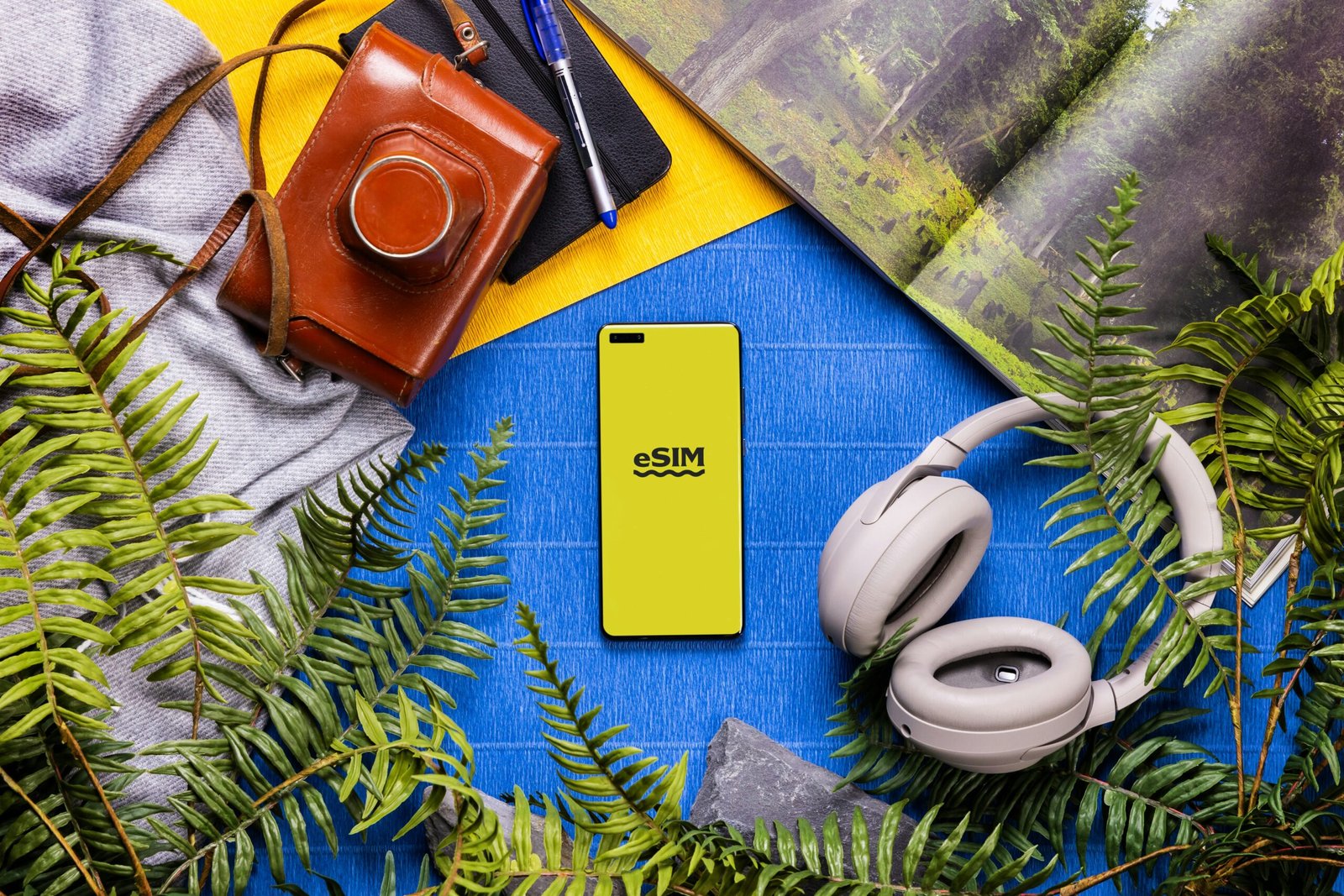
How Many eSIM Profiles Can You Store?
Now, let’s address the question of how many eSIM profiles you can store on your iPhone 14. While the iPhone 14 can theoretically store multiple eSIM profiles, the number you can actively use at any given time is typically limited to two. This limitation is due to the device’s dual SIM capability, which allows you to switch between two active eSIMs or a combination of one eSIM and one physical SIM.
Setting Up Multiple eSIMs on Your iPhone 14
To set up multiple eSIMs on your iPhone 14, you’ll need to follow these steps:
- Go to Settings on your iPhone.
- Select Cellular.
- Tap on Add Cellular Plan.
- Follow the on-screen instructions to add your eSIM profile.
Once you’ve added your eSIM profiles, you can switch between them by going to Settings > Cellular and selecting the desired plan. Keep in mind that only one eSIM can be active at a time, so you’ll need to switch between profiles manually.
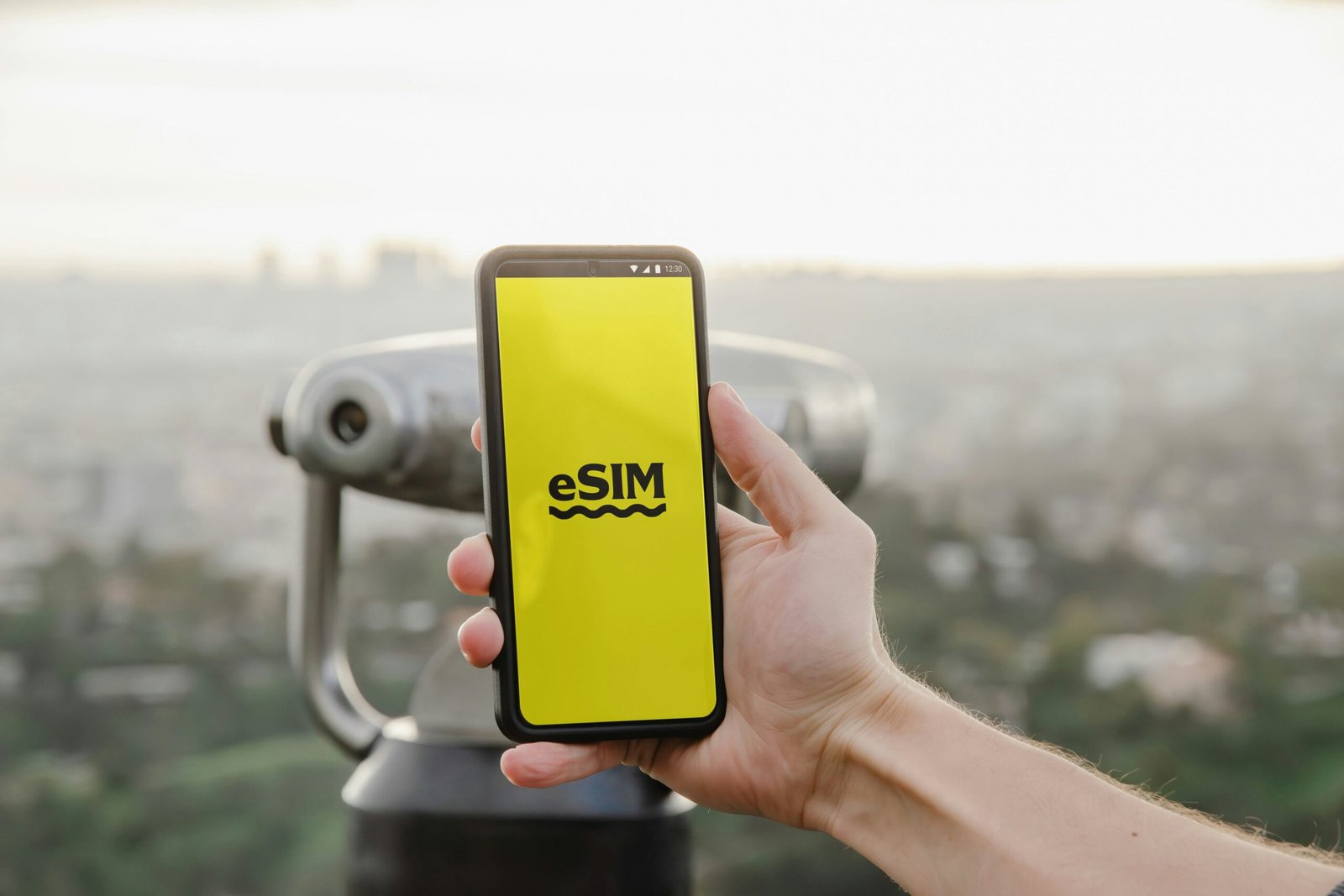
eSIM Activation and Compatibility
Before activating an eSIM on your iPhone 14, it’s crucial to check the compatibility of your device with your carrier’s network. Some carriers may impose restrictions on eSIM activation based on the device model, region, or plan type. To ensure a smooth eSIM activation process, contact your carrier for specific instructions and guidelines.
Managing Multiple eSIMs for Different Purposes
If you’re using multiple eSIMs for different purposes, such as work and personal use, it’s essential to manage them effectively. You can assign custom labels to your eSIMs to distinguish between them easily. This way, you can quickly identify which eSIM is active and switch between them as needed.
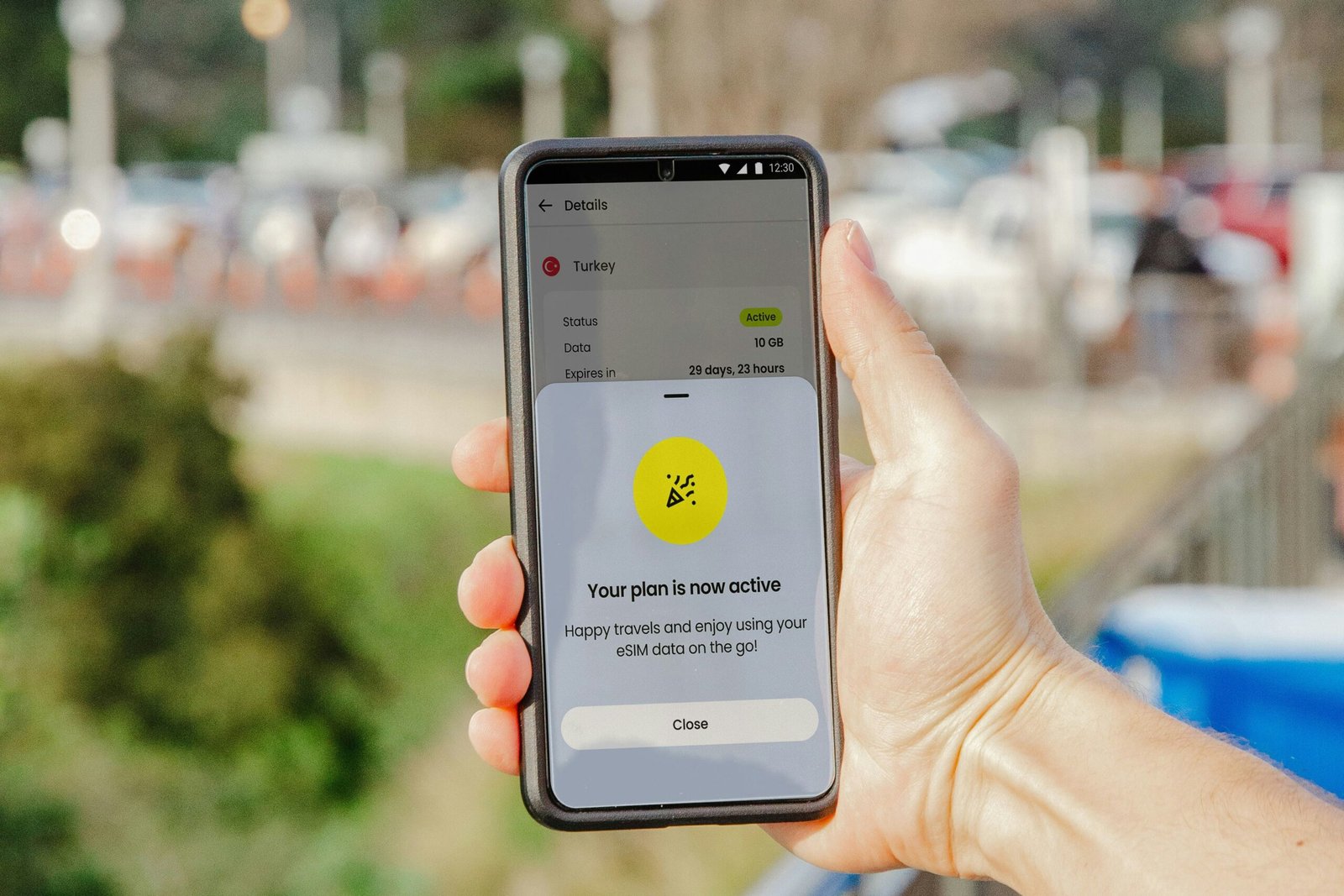
Troubleshooting Common eSIM Issues
If you encounter any issues with your eSIM on the iPhone 14, here are some troubleshooting steps you can follow:
- Restart your iPhone: Sometimes, a simple restart can resolve connectivity issues with your eSIM.
- Reset Network Settings: If restarting doesn’t work, try resetting your network settings to refresh all cellular and Wi-Fi connections.
- Contact your Carrier: If the problem persists, reach out to your carrier for further assistance and troubleshooting.
By following these troubleshooting steps, you can quickly resolve common eSIM issues and ensure a seamless user experience on your iPhone 14.
Conclusion
In conclusion, the iPhone 14 offers the flexibility of using multiple eSIMs on a single device, thanks to its dual SIM capability. While you can store several eSIM profiles on your iPhone 14, the number you can actively use is typically limited to two. By understanding how eSIMs work, checking carrier compatibility, and following the necessary steps to set up and manage your eSIM profiles, you can make the most of this convenient feature on your iPhone 14.


